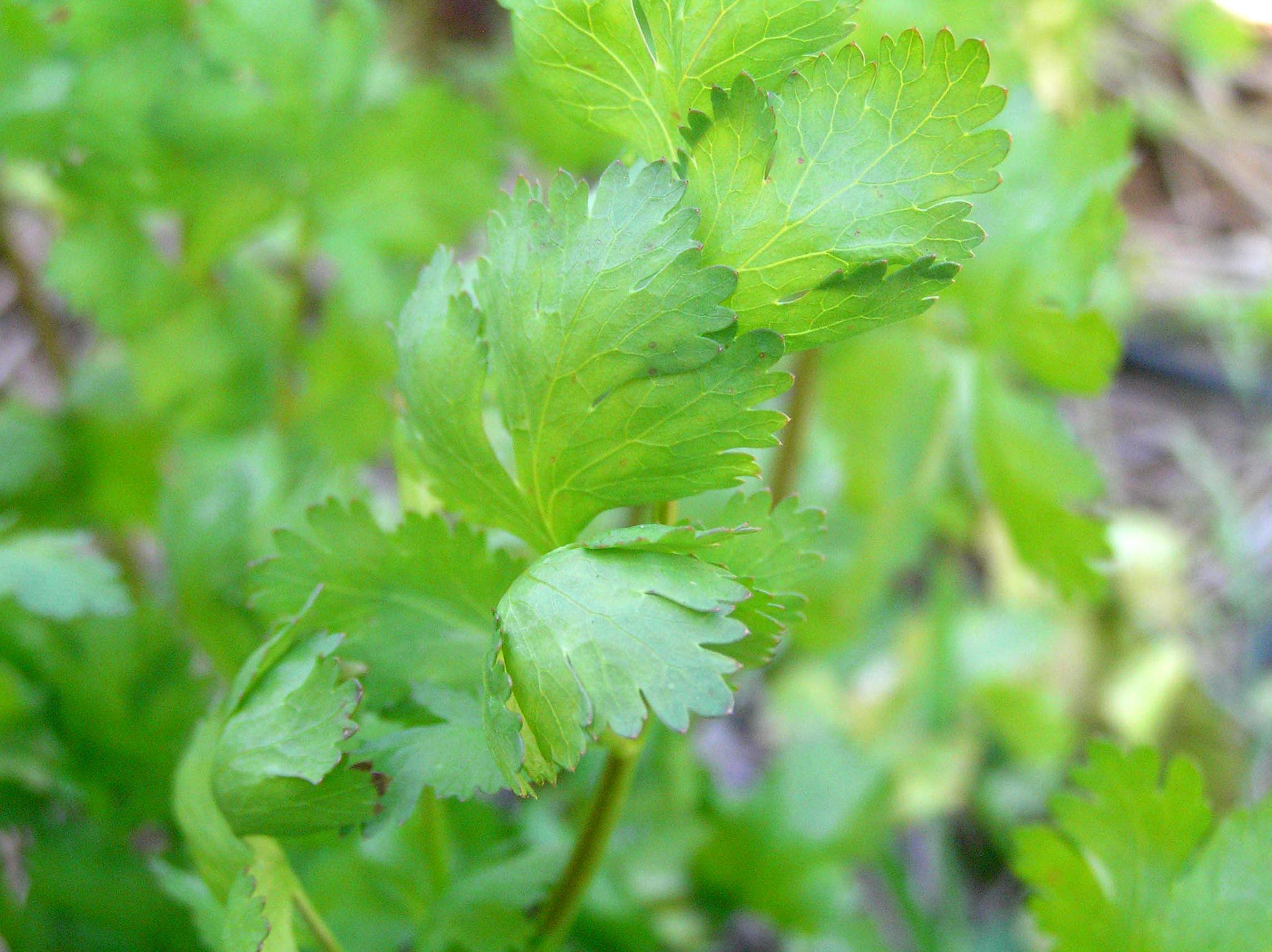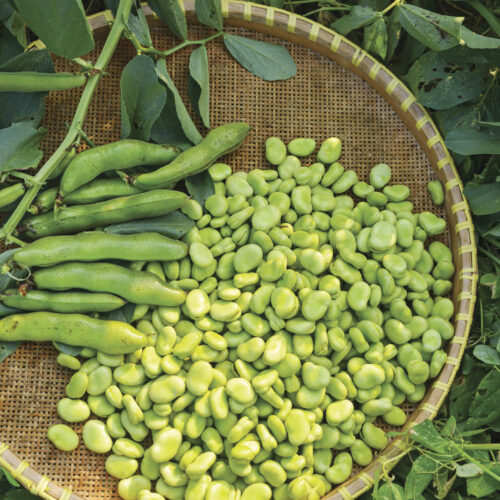Plant coriander for winter
2012-04-11T04:00:17+10:00
JUSTIN RUSSELL writes that the world’s most widely consumed herb does brilliantly in winter, even in the shade.
Here’s a bit of trivia for you: coriander is the most widely consumed herb in the world. I was surprised when I first learned this, but it makes sense if you think about. Coriander is is used extensively in Middle Eastern, North African, Asian, Indian and southern American cuisine, which means that the herb enters a heck of a lot of mouths over the course of a year.
Australia took a while to catch the coriander bug (the name actually comes from the Greek word koris, meaning bug), but in our modern multicultural society the herb is becoming increasing popular every year. Unlike the Mediterranean herbs, however, coriander is a tricky little thing to grow well.
It’s major vice is a tendency to bolt almost immediately to seed during summer. While every part of the plant is edible, including the seeds and the roots, its the leaves that are most valued and a plant that bolts so quickly means a very brief harvest.
The other problem many people encounter when growing their own coriander is that it transplants very poorly. The roots absolutely hate being disturbed. I’ve thrown more than a few dollars down the drain by buying overly large seedlings and watching them turn up their toes because of transplant shock, but there is a solution – start coriander from seed in autumn, and grow it on through winter.
Some people believe that because coriander is so widely consumed in hot climates, it must be a very cold tender, sun loving plant. Nothing could be further from the truth. In my experience, coriander is very tolerant of frost and shade. My garden experiences an average of 30 or more frosts per year in winter. The temperature regularly dips below -5°C. You’d think coriander would be a goner, but to the contrary, the foliage suffers no major damage until the temperature drops way down to bone chilling levels. As for shade, it’s actually beneficial to the plants in summer and poses no problem in winter. I’ve grown coriander in the darkest spot in my vegie garden through winter with great success.
Transplant shock is easily overcome by avoiding it in the first place. Coriander grows best from seed sown directly into it’s final growing position, be it in a garden bed or a pot. The seed germinates readily, and when your coriander plant eventually does bolt, fresh seed can be collected and stored for later use.
I’ve prepared a spot in my garden for coriander and will be sowing some seed this week. Can’t wait to use some leaves in my first curry for the winter!






